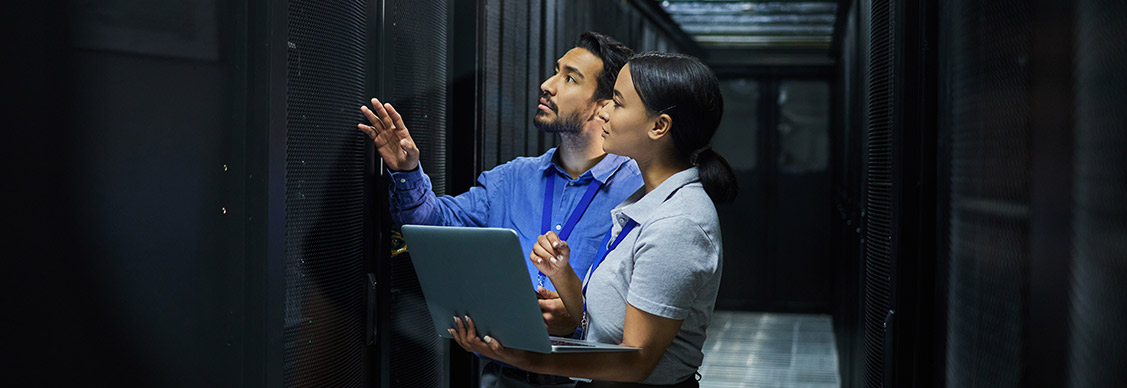Cybersecurity challenges and solutions for integrated facility management systems
Nellie Samuel
In today's digital age, our buildings are becoming as smart as our phones. But with great intelligence comes great responsibility – especially when it comes to cybersecurity. As office technologies become more connected, they are also becoming more vulnerable to cyber threats. Let's dive into this crucial issue.
Why is cybersecurity so important for workplace management?
These systems control everything from access control and HVAC to lighting and elevators. A successful cyberattack could disrupt operations, compromise sensitive data, or even pose physical safety risks.
According to a report by PwC India, 62% of Indian organisations reported an increase in cyberattacks during the COVID-19 pandemic. While this statistic isn't specific to workplaces, it highlights the growing cyber risks across all sectors.
Some key potential cybersecurity challenges in real estate, include:
Legacy systems: Many existing building systems were not designed with cybersecurity in mind. Integrating them with newer IoT devices creates potential entry points for cyberattacks
IoT vulnerabilities: The proliferation of IoT devices in smart buildings creates multiple entry points for attackers. Cybercriminals too are constantly developing new and sophisticated attack methods, including ransomware, DDoS attacks, and targeted malware.
Lack of awareness: Many facility managers have insufficient awareness about cybersecurity. This leaves systems vulnerable to human error and social engineering attacks.
Skills gap: There's a shortage of professionals with both facility management and cybersecurity expertise.
Addressing these challenges requires a multi-layered approach that encompasses technology, policy, and training. Here are some key solutions:
Regular security audits: Conduct thorough assessments of your IFM systems to identify vulnerabilities.
Update and patch: Keep all systems and devices up to date with the latest security patches.
Network segmentation: Separate critical building systems from the main corporate network.
Employee training: Educate all staff about cybersecurity best practices.
Incident response plan: Develop and regularly test a plan for responding to cyber incidents.
There are a few Indian companies that are leading the way in this area. For example, a major IT park in Bengaluru implemented a comprehensive cybersecurity strategy for its IFM systems, including AI-powered threat detection and regular penetration testing.
Cybersecurity of Indian facility management systems is not just a technical issue; it's a critical business imperative. By proactively addressing the challenges and implementing robust solutions, organisations can protect their assets, ensure business continuity, and build a secure and resilient future.
As India continues to embrace smart building technologies, a strong emphasis on cybersecurity will be essential to safeguarding critical infrastructure and ensuring the safety and security of occupants. By fostering a culture of cybersecurity awareness and implementing best practices, the Indian facility management sector can mitigate the risks and unlock the full potential of integrated systems.
